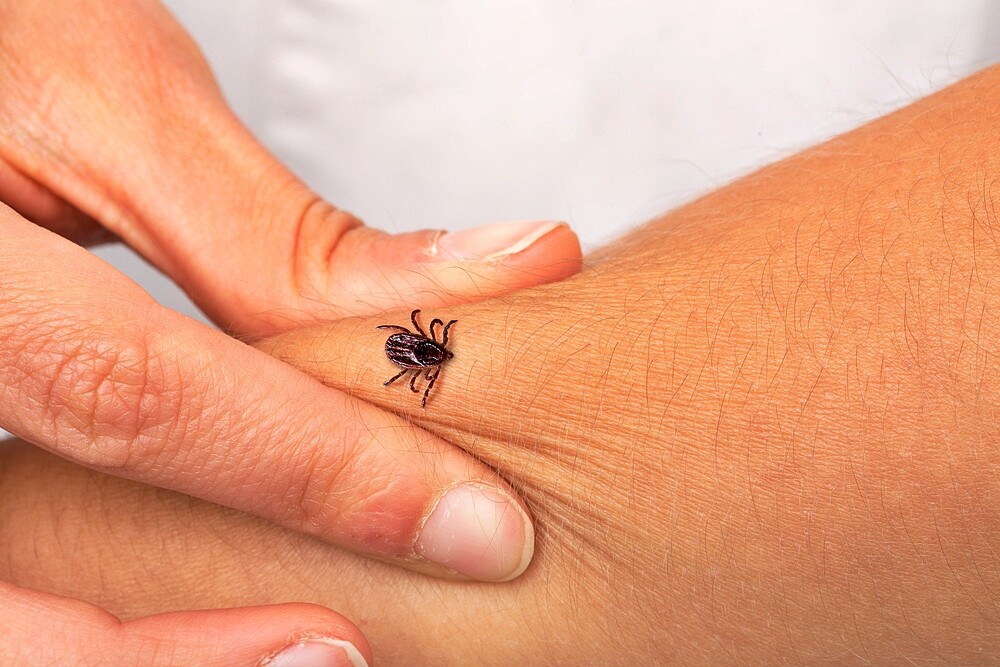If you’re wondering: I got a tick bite – what to do? Here we tell you how to get rid of the tick and what else you should look out for.
Tick bite: What to do?
Since a tick can transmit diseases such as borreliosis and FSME (early summer meningoencephalitis – a vaccination can protect against it), quick action is required! As soon as you can detect a tick bite on your body, you should remove the tick. The animal should be removed close to the skin, slowly and with a constant pull – the easiest way to do this is with tweezers or a so-called tick card.
Please keep your hands away from nail polish remover, alcohol and etc.! This only irritates the animal. Whoever does not trust himself to pull out the tick, should consult a doctor immediately.
What if the tick’s “head” gets stuck?
In fact, it is not at all the head of the tick that remains in the skin in some cases after the tick bite (because even if in common parlance there is often talk of a tick bite, it is actually a sting! And this is no longer dangerous – sooner or later it is rejected as an exogenous agent. The risk of infection is not increased by this.
Tick bite: What to do after the bite?
Once the tick is removed, the wound caused by the tick bite should be disinfected. Then it is important to observe the skin well! In case of a Lyme disease infection, the first symptoms often only appear after about three weeks in the form of the so-called traveling redness. This means that the redness runs in a circle around the bite and spreads further and further from there. In this case: Immediately see your doctor, so that the possible Lyme disease can be treated as soon as possible!
How do I even find the tick?
After a walk through the forest or across meadows, it is best to thoroughly search your whole body for a possible tick – or even two. This is because the parasites are often only 1.5 millimetres in size and flat, provided they have not yet been able to suck blood. In addition, they are mainly found in areas of the body where the skin is moist and rather thin, such as the back of the knee or armpits. Parts of the body that are difficult to see, such as the back, are best checked by a second person.

